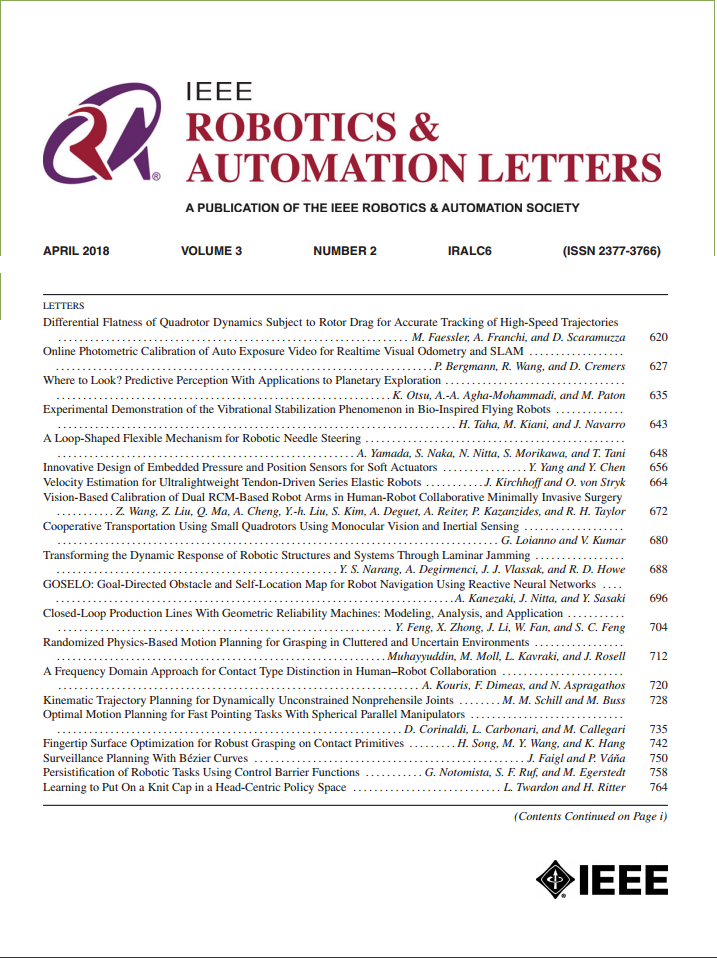TinyVLA: Toward Fast, Data-Efficient Vision-Language-Action Models for Robotic Manipulation
IF 4.6
2区 计算机科学
Q2 ROBOTICS
引用次数: 0
Abstract
Vision-Language-Action (VLA) models have shown remarkable potential in visuomotor control and instruction comprehension through end-to-end learning processes. However, current VLA models face significant challenges: they are slow during inference and require extensive pre-training on large amounts of robotic data, making real-world deployment difficult. In this letter, we introduce a new family of compact vision-language-action models, called TinyVLA, which offers two key advantages over existing VLA models: (1) faster inference speeds, and (2) improved data efficiency, eliminating the need for pre-training stage. Our framework incorporates two essential components to build TinyVLA: (1) initializing the policy backbone with robust, high-speed multimodal models, and (2) integrating a diffusion policy decoder during fine-tuning to enable precise robot actions. We conducted extensive evaluations of TinyVLA in both simulation and on real robots, demonstrating that our approach significantly outperforms the state-of-the-art VLA model, OpenVLA, in terms of speed and data efficiency, while delivering comparable or superior performance. Additionally, TinyVLA exhibits strong generalization capabilities across various dimensions, including language instructions, novel objects, unseen positions, changes in object appearance, background variations, and environmental shifts, often matching or exceeding the performance of OpenVLA. We believe that TinyVLA offers an interesting perspective on utilizing pre-trained multimodal models for policy learning.求助全文
约1分钟内获得全文
求助全文
来源期刊

IEEE Robotics and Automation Letters
Computer Science-Computer Science Applications
CiteScore
9.60
自引率
15.40%
发文量
1428
期刊介绍:
The scope of this journal is to publish peer-reviewed articles that provide a timely and concise account of innovative research ideas and application results, reporting significant theoretical findings and application case studies in areas of robotics and automation.
 求助内容:
求助内容: 应助结果提醒方式:
应助结果提醒方式:


